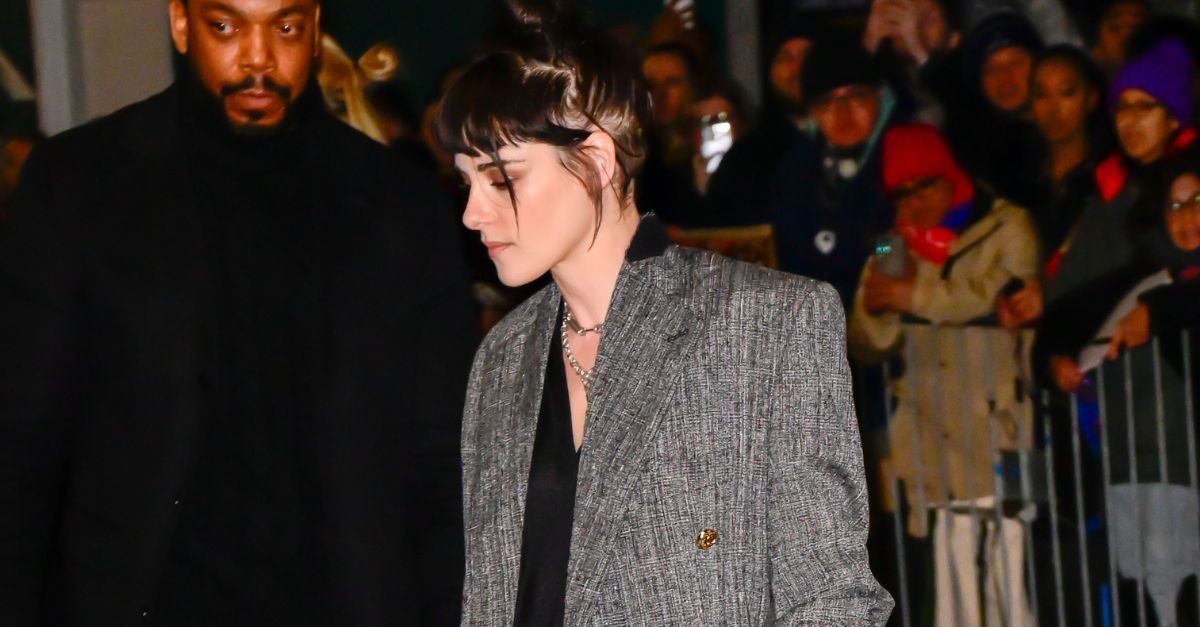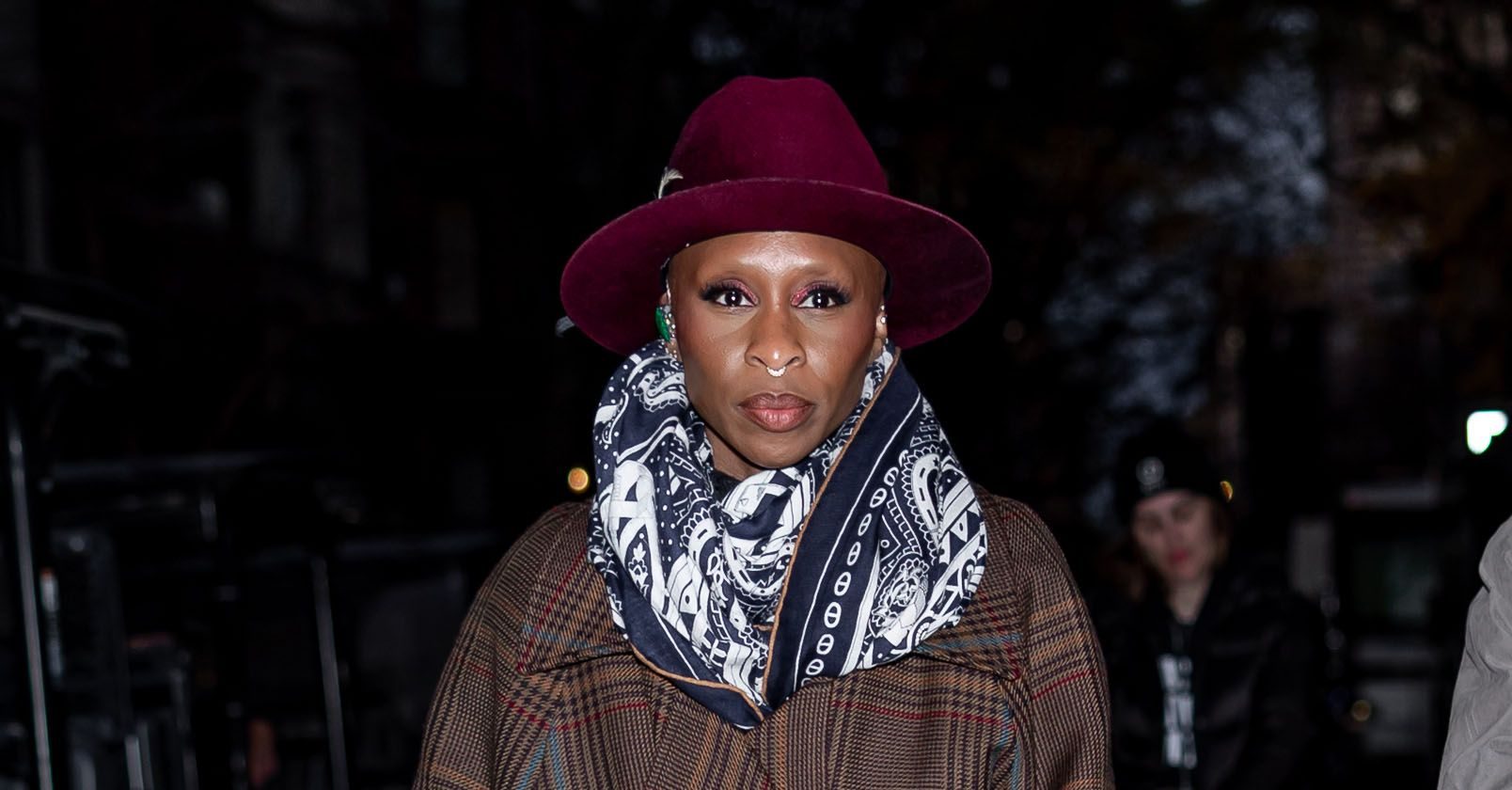Sharing is Caring!
If you love collectibles then you appreciate why so many people do as well. If you’ve never thought about collectibles before, you might want to start to do so. Collectibles hold a special appeal because they capture a moment, a story, or a sense of nostalgia.
Yet not every item gains value over time. Several factors determine whether a collectible becomes highly sought after or remains ordinary.
Below, you’ll discover why collectables capture the hearts and often the wallets of devoted fans.
(photo credit: Microsoft Stock Images)Collectibles: Rarity and Scarcity
The availability of an item plays a major role in its value.
Limited production runs, discontinued items, or one-of-a-kind pieces create a natural scarcity. Collectors are often willing to pay a premium for items they cannot easily find elsewhere. This scarcity drives competition, pushing prices higher over time.
Regardless of what you desire in the field of collectibles, there’s always a market with someone wanting to pay top dollar for what you have. Remember, what’s rare or scarce today might not be tomorrow.
Condition and Preservation
Condition is critical in evaluating a collectible.
Furthermore, items that remain in their original state, with minimal wear or damage, command higher value. Protective storage, careful handling, and original packaging can all contribute to preservation.
Even small imperfections can significantly reduce the price, making proper care essential for maintaining a collectible’s worth.
Historical Significance and Provenance
A collectible tied to a notable event, person, or period often attracts more attention. Provenance, or the documented history of ownership, enhances authenticity and can increase value.
For example, items once owned by famous individuals or associated with landmark events carry added prestige. Documentation verifying provenance reinforces trust and interest.
Popularity and Cultural Impact
Items linked to widely recognized brands, franchises, or cultural phenomena tend to draw higher demand. Movie memorabilia, limited-edition toys, or iconic music merchandise illustrate how cultural relevance affects desirability.
Collectors are drawn to items that evoke strong emotional connections or nostalgia, which can drive prices up in secondary markets.
Market Trends and Investment Potential
The collectible market can be influenced by trends, media attention, and generational shifts in interest. Popularity may fluctuate over time, so timing can affect both the price and the ease of sale.
Some collectors view certain items as investment opportunities, especially those with potential for long-term appreciation. Tracking market trends helps buyers and sellers make informed decisions about acquisition and retention.
Collectibles: Authenticity and Verification
Verification of authenticity is essential. Counterfeit items or reproductions significantly reduce value and credibility.
Certificates of authenticity, expert appraisals, and official branding can confirm legitimacy, giving collectors confidence in their purchase. Authenticity reassures buyers and maintains the collectible’s market reputation.
The value of a collectible emerges from a combination of scarcity, condition, history, cultural significance, and verified authenticity. Understanding these factors helps collectors identify items worth acquiring and preserving, while also guiding decisions on potential resale or investment opportunities. For more information, check out the infographic below.
Sharing is Caring!
Disclaimer: This story is auto-aggregated by a computer program and has not been created or edited by jennertrends.
Publisher: Source link













